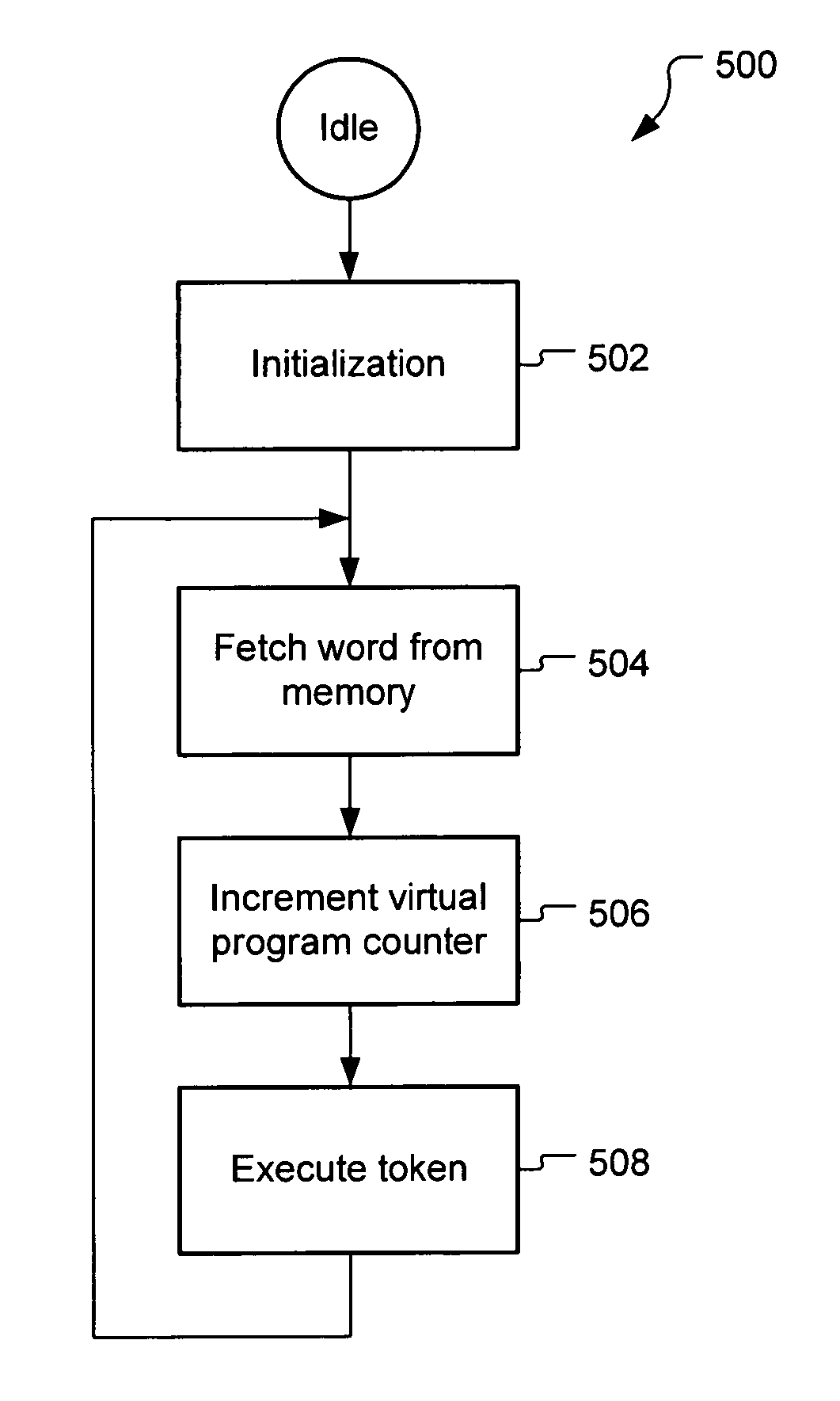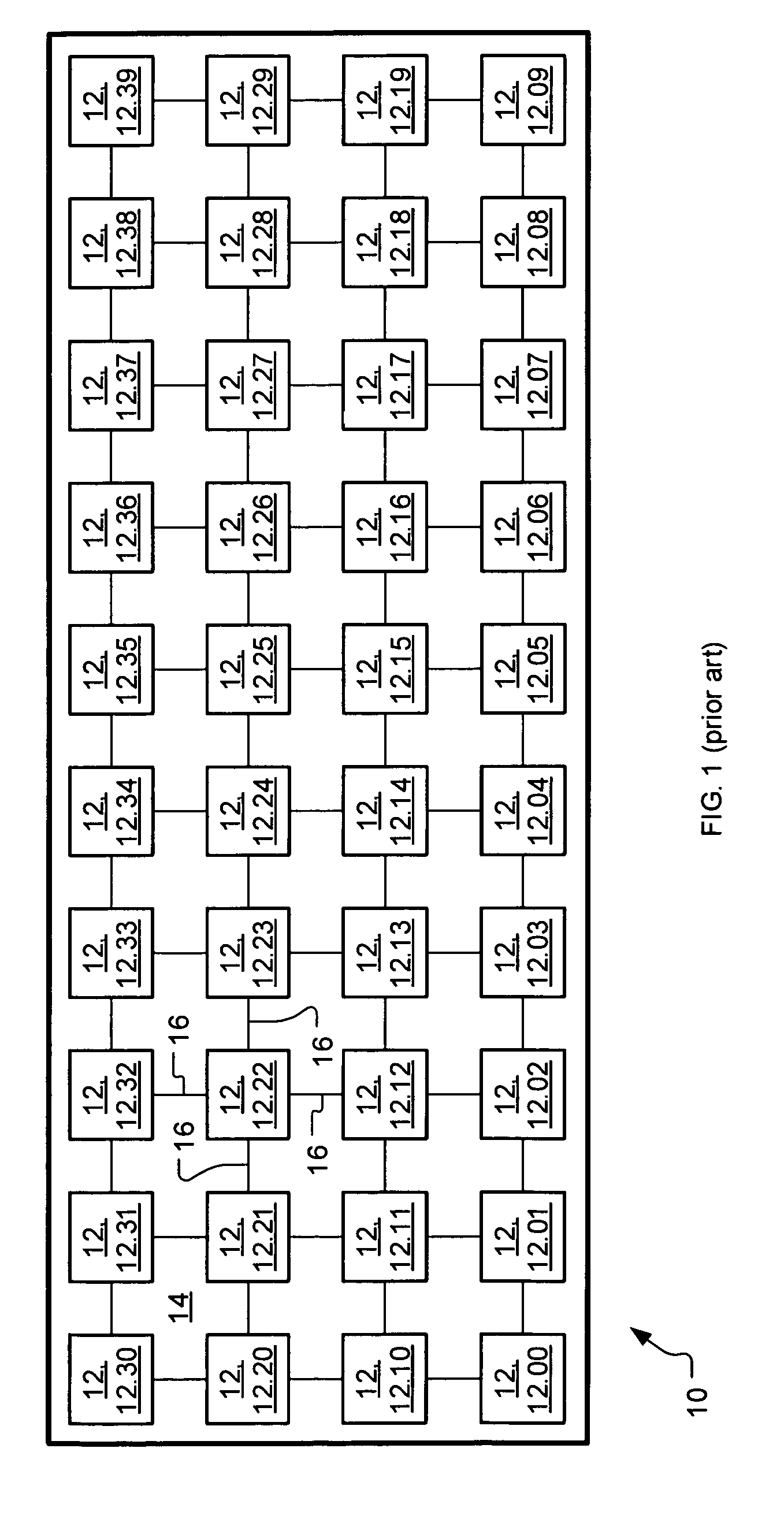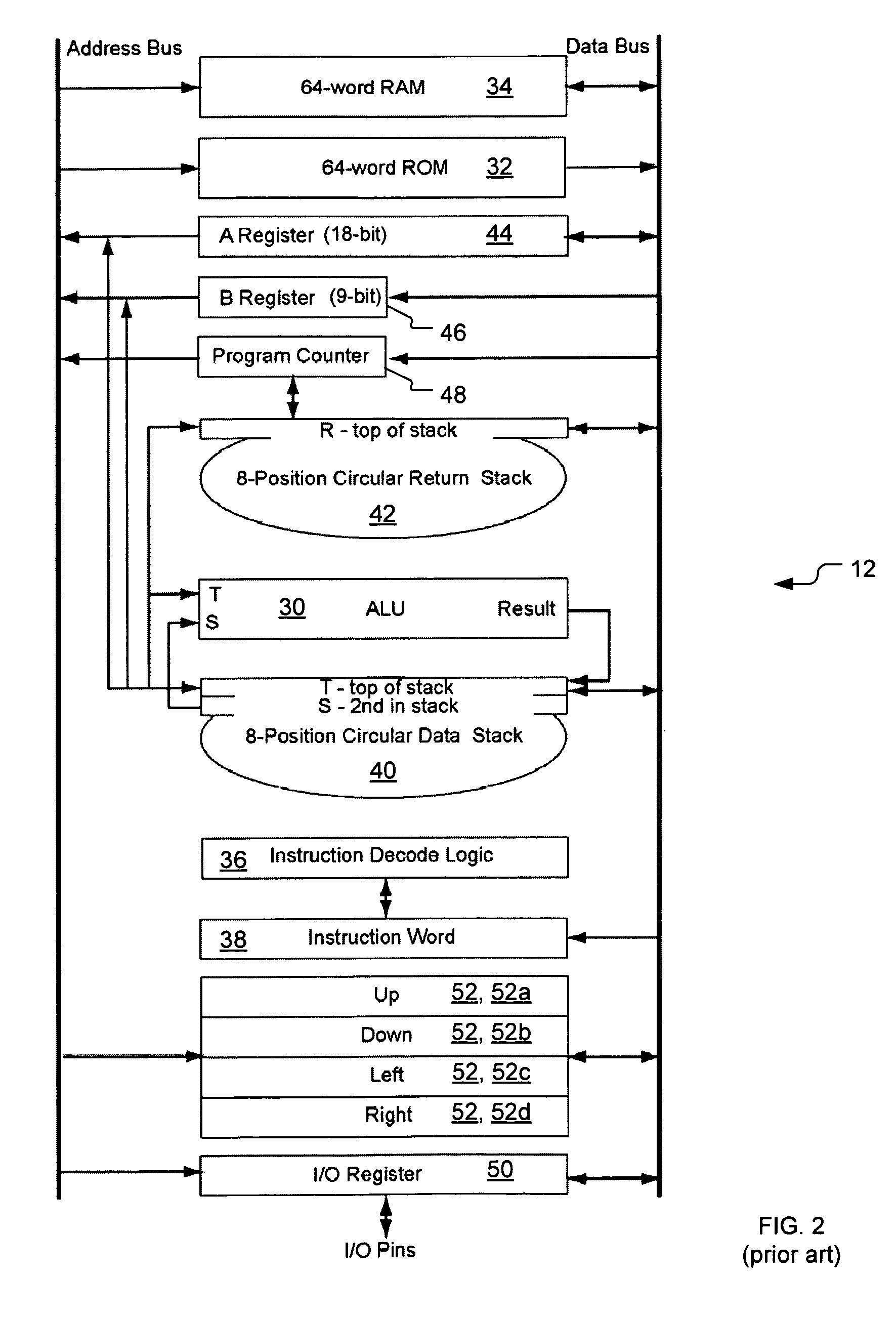System for native code execution
a code execution and system technology, applied in the field of electric computers and digital processing systems, can solve the problems of large amount of resources, large program size of the program that can be stored in the local ram, and longer programs can perform more tasks and complex tasks
- Summary
- Abstract
- Description
- Claims
- Application Information
AI Technical Summary
Benefits of technology
Problems solved by technology
Method used
Image
Examples
Embodiment Construction
[0020]A preferred embodiment of the present invention is a system for executing native code. As illustrated in the various drawings herein, and particularly in the view of FIG. 3, preferred embodiments of the invention are depicted by the general reference character 100.
[0021]The inventive native code execution system 100 permits executing a program that is typically too long to be executed normally in the available computer hardware. The computer hardware has native code instructions or “opcodes” that are classifiable as either arithmetic logic unit (ALU) class opcodes (e.g., to perform stack, register, bit-wise and math operations) or memory class opcodes (e.g., to perform branch and memory operations). The portions of the program that are represented with ALU class opcodes can be executed normally in the computer hardware, whereas the portions of the program that would conceivably be represented with memory class opcodes often cannot be because such opcodes cannot access an addre...
PUM
 Login to View More
Login to View More Abstract
Description
Claims
Application Information
 Login to View More
Login to View More - R&D
- Intellectual Property
- Life Sciences
- Materials
- Tech Scout
- Unparalleled Data Quality
- Higher Quality Content
- 60% Fewer Hallucinations
Browse by: Latest US Patents, China's latest patents, Technical Efficacy Thesaurus, Application Domain, Technology Topic, Popular Technical Reports.
© 2025 PatSnap. All rights reserved.Legal|Privacy policy|Modern Slavery Act Transparency Statement|Sitemap|About US| Contact US: help@patsnap.com



